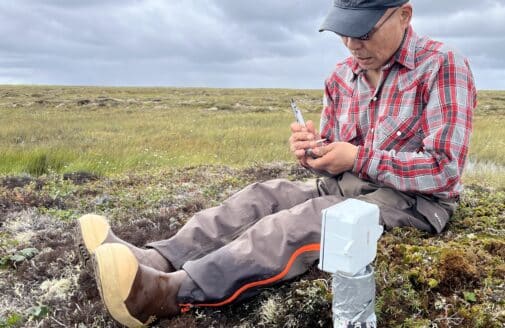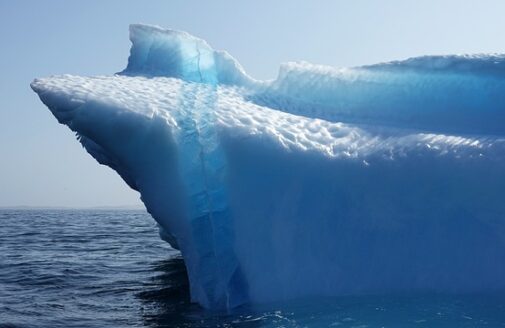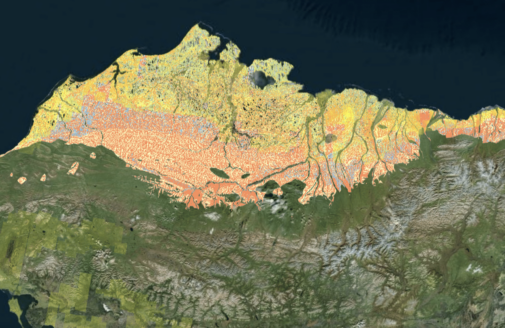Epic blazes threaten Arctic permafrost. Can firefighters save it?
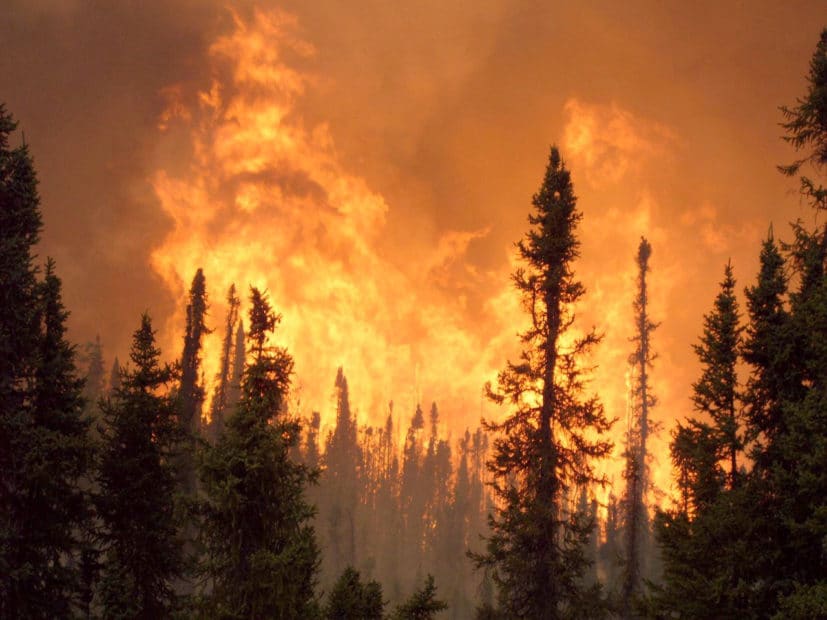
Epic blazes threaten Arctic permafrost. Can firefighters save it?
Some scientists argue that it’s time to rethink the blanket policy of letting blazes burn themselves out in northern wildernesses.
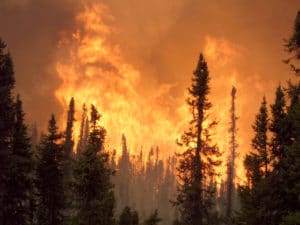
Fire season is approaching in the massive Yukon Flats National Wildlife Refuge in east Alaska, where fires have long been allowed to burn unchecked unless they threaten human life and property. But as climate change increases the frequency of these fires, the land’s overseers are changing course. Working with scientists, refuge managers have designed a pilot programme to parachute elite firefighting teams into remote areas to quash infernos — to protect not people, but permafrost.
The forests and tundra of the Denmark-sized refuge cloak a deep layer of permafrost, frozen ground that holds enormous quantities of carbon across the Northern Hemisphere. After fires remove vegetation and soils, however, that frozen ground often begins to thaw, releasing its stores of carbon dioxide and other greenhouse gases into the atmosphere. New research1 suggests that the resulting emissions, from both the fires themselves and the subsequent permafrost thaw, could be on a par with those of a major global economy over the course of this century. This could effectively reduce by up to 20% the amount of carbon dioxide that humanity can emit and still meet its goal of limiting global warming to 1.5 °C above preindustrial levels. The research has not yet been peer reviewed.





